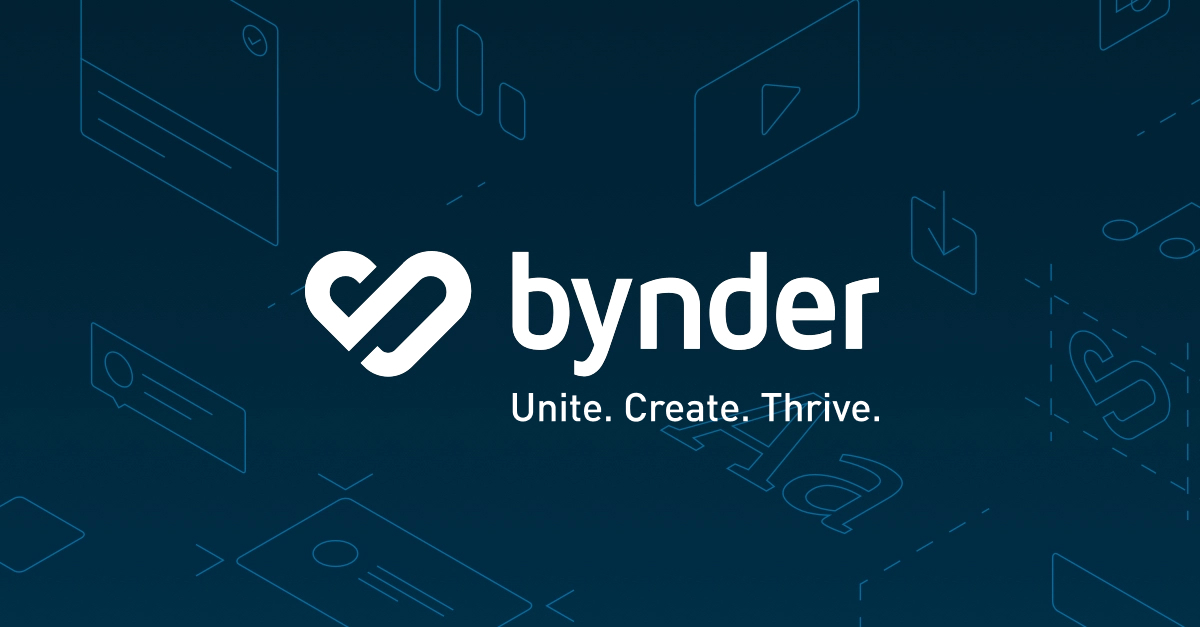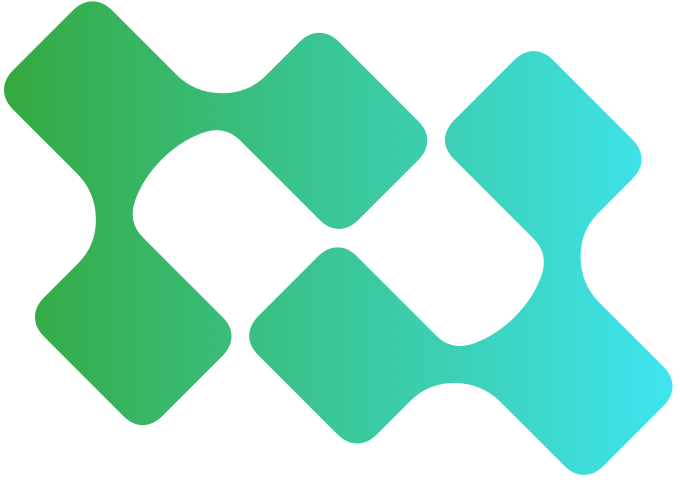On this page, you will familiarize yourself with the Bynder – inriver connector through a Demo and Q&A.
Q&A
How is the feed set up from inriver to Bynder? Is it an extension/event based?
This is an inriver extension communicating all changes that are applicable to any bynder entity, using the Bynder REST API.
Can we use the API connection to several inriver environments?
We want to test all processes in our Test environments before deploying anything to our live Production environment. Different environments can be linked to one API/SNS connection. (BynderAssetLoader) and disable it on the test environment. The connection on Production environment can/must be disabled before go live. As part of the go-live activities, the connection on the production environment needs to be enabled again and run the full sync Extension (BynderAssetLoader) and disable it on the test environment
How is the link established between the Bynder asset and inriver entity?
Currently, the link between the Bynder asset and inriver entity can established in two ways:
1. Based on the original filename.
a. The REGULAR_EXPRESSION_FOR_FILENAME setting in the inriver extension makes it possible to configure which unique identifier should be matched and which (possible) other metadata from the filename should also be copied.One asset can therefore be linked to one inriver entity. The roadmap does contain the functionality to link an asset to multiple entities.
2. Based on custom metaproperties.
a. By configuring the AUTOMATIC_LINK_MAPPING setting you can link (multiple) inriver entities to your Bynder asset based on a Bynder metaproperty field. Multiple entities supported.
How often will the assets be synchronized from Bynder to inriver?
After each SNS notification (create, update, delete of a Bynder asset) an update will be sent or when triggering the BynderAssetLoader manually. Currently there is no automatically full sync. A full sync. can be triggered manually by running the Bynder Asset Loader extension.
How do we differentiate the assets that should / should not be sent to inriver?
You can use the IMPORT_CONDITIONS setting. Based on metaproperty options in Bynder you can define if an asset should be sent/imported to inriver or not (E.g. [{“propertyName”:”synctoinriver”,”values”:[“True”]}]).
What happens if we send an image URL with a naming convention that is identical to an already existing Resource in inriver? Will the image fail to be synced in inriver or will we get duplicates?
Will the image fail to be synced in inriver or will we get duplicates The naming convention is not unique in Bynder, but it is in inriver. The extension will skip the already existing resource because there is already a Resource existing with the same filename. In Control Center the following error will be logged; Trying to add entity with unique field where the data already exists. Displaying synchronization status in Bynder is an likely to implement improvement for in a future release
If messages are failing in the connector to/from Bynder will the failed messages be automatically retriggered and how many times?
No, they won’t be automatically triggered. You can trigger the BynderAssetLoader by hand and it will run through all assets and check if it meets the conditions.
If we send a public URL, e.g. WebP 2000×2000 px, from Bynder > inriver > E-Commerce platform – will this be the image size on the website or will the asset be transformed in any way in other systems?
Derivatives will be defined and configured in Bynder. The derivatives will be included in the API message to inriver. These derivatives can be mapped to any Resource attribute via the ASSET_PROPERTY_MAP setting.
If an image gets archived in Bynder – how do we make sure that it will not be available on different channels?
It is possible to set inriver field values on an archive event: FIELD_VALUES_TO_SET_ON_ARCHIVE_EVENT. Based on the value that we set we can trigger a change on the Resource entity (E.g. change the archived status in inriver to “True”). If the Resource is included in the outgoing channel, the channel will be informed that the asset has an archived status
What happens in inriver if an asset is deleted from the Bynder DAM?
Its depending on the DELETE_RESOURCE_ON_DELETE_EVENT setting. If this is true the asset will be deleted in inriver as well, if false it won’t be deleted in inriver as well.
What happens if we create a new metaproperty value in Bynder but it is not available in the inriver field CVL, and vice versa? Will the new property value be created in inriver and Bynder automatically or how does it work?
From Bynder to inriver we have a setting CREATE_MISSING_CVL_KEYS. It will create new keys in inriver if they do not already exist. In Bynder Metaproperty keys will be created if they do not already exist. The value of these keys won’t be added or updated (these should be maintained in Bynder).
What happens if we create a new metaproperty value in Bynder but it is not available in the inriver field CVL, and vice versa? Will the new property value be created in inriver and Bynder automatically or how does it work?
From Bynder to inriver we have a setting CREATE_MISSING_CVL_KEYS. It will create new keys in inriver if they do not already exist. From inriver to Bynder keys have to match
Do we need a CDN between Bynder and Optimizely for the image URL to be utilized on our e-commerce websites?
No. The URL’s from Bynder can be sent to inriver. If Optimizely is a inriver channel we can sent the Bynder asset URL(s) as an attribute to Optimizely
Is there any more architectural and technical documentation available regarding the Bynder <> inriver Connector?
Yes, there is technical and functional documentation available
How is 1st and 2nd line support managed?
Bynder will handle 1st-line support via the support desk. Bynder’s and inriver partner Ctac will manage second-line support and roadmap development.
Is it usual to send more than one image URL/derivatives to inriver?
Yes, especially if you serve multiple outbound channels in inriver that require multiple different derivatives.
Will there be one Resource in inriver per image URL?
No, one attribute per image URL on the Resource entity.
Is DAT (Dynamic Asset Transformation supported?
Yes, we can also map the DAT asset URL to an inriver metaproperty field.
What happens if we have duplicate images in Bynder with the same title?
In inriver resource names are unique. When there are multiple files with the same title it is possible that inriver will only add the first asset that is added in Bynder with that specific title. Others are skipped because there is already a file existing with that unique value.
How do we know which image to send to Bynder?
Images have to meet the IMPORT_CONDITIONS setting and not conflicting with the inriver unique or mandatory attribute settings.
Is it possible to send metadata from other entities then Resource back to Bynder? E.g. from the linked Item entity?
No this is not possible since you can only send data from the Resource entity back to Bynder. So (out of the box with standard inriver) only fields that are filled or added on the Resource entity level can be sent back to Bynder.
What about situations where we have metadata in two fields in inRiver that we need to match to one field in Bynder? Or vice versa. Is that possible?
No, this is out of the box not possible. Of course a custom solution can be implemented on request.
Is the use of different segments supported?
No the assets will be linked to the “Default” segment. This is a feature that is included in our roadmap.
Is it possible to resend all data for all images (full Load)?
There is no automatic full sync. but you can trigger a full-sync. by clicking on the “Run” button of the BynderAssetLoader extension.”
Is there flexibility in defining the Bynder image URL ?
You can get a Personalized URL for your Bynder Portal (Custom URL), but the link structure is always the same.
The structure for original files: https://YourPortalURL.com/m/[idhash]/original/[asset-name].[file-extension]
The structure for derivatives: https://YourPortalURL.com/m/[idhash]/[derivative-prefix]-[asset-name].[file-extension]
When transferring data from inriver fields to Bynder metaproperties, it appears that the CVL keys are pushed instead of their values. Is there a way to configure this?
If the key from inriver does not exists on the mapped metaproperty in Bynder, it will automatically add the key in Bynder. However, the value will not be updated or added; any adjustments to the value should be made directly in Bynder.
When transferring data from inriver fields to Bynder metaproperties, it appears that the CVL keys are pushed instead of their values. Is there a way to configure this?
If the key from inriver does not exists on the mapped metaproperty in Bynder, it will automatically add the key in Bynder. However, the value will not be updated or added; any adjustments to the value should be made directly in Bynder. Multivalue CVL is currently not supported and will be merged into one value in Bynder.
Should we then expect a maximum delay of 15 minutes to be applied for all performed updates coming from Bynder to inriver, both single and mass updates?
Yes, the waiting time is a maximum of 15 minutes. The extension can also be manually triggered in the meantime by clicking “Run”.
When using a multi value field for multiple links, what Data Type can be applicable for the Field Type Id in inriver? Are there any limitations to consider?
The datatype in inriver must be a unique String field in inriver. E.g. ItemNumber or ItemEAN or EntityID unique inriver ID which can be found in the URL:
What Type can be applicable for the multi-link metapropery in Bynder?
You should use the metaproperty type “Long text”.
In the AUTOMATIC_LINK_MAPPING setting, what options can be applied for the LinkTypeId and what exactly is it for?
The LinkTypeId is the inriver relation to identify what type of entity the asset should be linked to. E.g., ItemResource or ProductResource.
When adding multiple unique values in an Autocomplete metaproperty for an asset in Bynder the separator is a comma. Will the comma be converted to a semicolon in the connector, or do we need to add the semicolons manually in Bynder, e.g. by using the metaproperty Type=Text?
You must paste the semicolons by yourself, E.g.:
More info about Bynder or Inriver?
Contact Yentl Bosma to find out how we can support your organisation.





